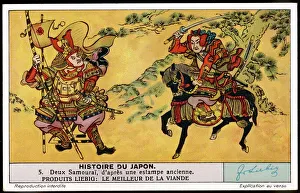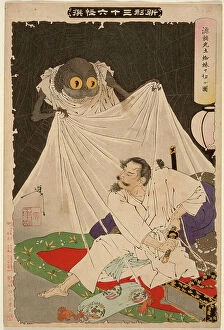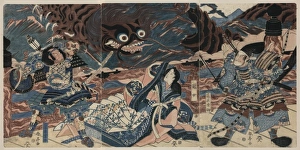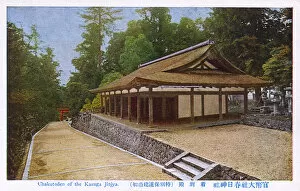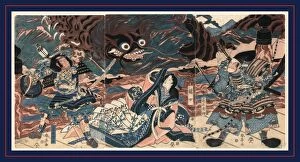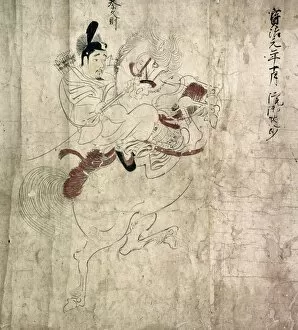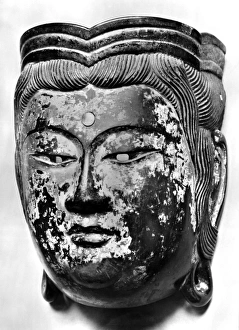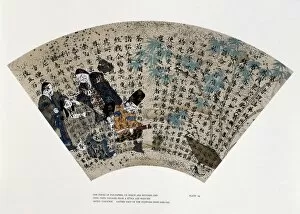Fujiwara Collection
Fujiwara: A Glimpse into the Magnificent Samurai Era Step back in time to the late Heian period, specifically the 11th - 12th century
All Professionally Made to Order for Quick Shipping
Fujiwara: A Glimpse into the Magnificent Samurai Era Step back in time to the late Heian period, specifically the 11th - 12th century, and immerse yourself in the world of Fujiwara. This captivating era was marked by an elevated status for samurais, who were revered for their bravery and loyalty. One remarkable piece from this period is the Jizo Bosatsu sculpture, crafted meticulously out of wood. Its intricate details transport us to a time when spirituality played a significant role in people's lives. Fast forward a few centuries to ca. 1766, where we encounter "The Bush Clover" artwork by Suzuki Harunobu. This masterpiece captures the essence of nature's beauty and tranquility during that era. Delving deeper into Fujiwara culture, we come across Koshikibu no Naishi from "Hyakunin Isshu. " These poetic verses offer glimpses into courtly life and emotions experienced by women during this enchanting period. Moving on to more recent depictions legends, Evelyn Paul's artworks take center stage. In "Raiko slays the Goblin of Oyeyama, " we witness an epic battle between good and evil that has captivated audiences for generations. In another creation titled "Raiko and the Enchanted Maiden, " Paul transports us to a realm where mythical creatures intertwine with human destiny – a testament to Japan's rich folklore tradition. As our journey through Fujiwara continues, we find ourselves at Kasuga-taisha in Nara – home to awe-inspiring structures like Heiden (Offertory Hall), Honden and Chumon (Grand Shrine). These architectural marvels showcase exquisite craftsmanship that has stood strong throughout history. And let us not forget about Kasuga-taisha's Kurumayadori or Chakutoden – each structure adding its unique charm to this sacred place.

